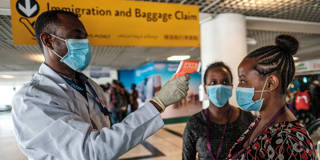
Ethiopia’s Unconventional COVID-19 Response
Instead of implementing a national lockdown like most other governments, including in Africa, Ethiopia initiated other essential measures in January, well ahead of most developed countries. And its success so far illustrates how African countries can tackle the pandemic effectively despite tight resource constraints.
ADDIS ABABA – To the surprise of many, African governments have responded swiftly and boldly to the COVID-19 crisis. Ethiopia’s unconventional approach, for example, reflects the country’s limited financial and human resources, as well as the low level of available international support. Despite these severe constraints, the results so far have been better than anyone expected.